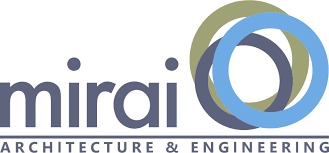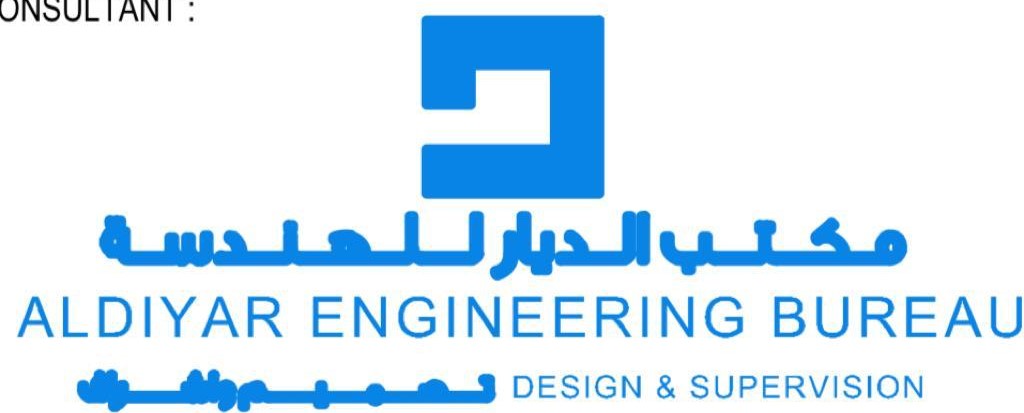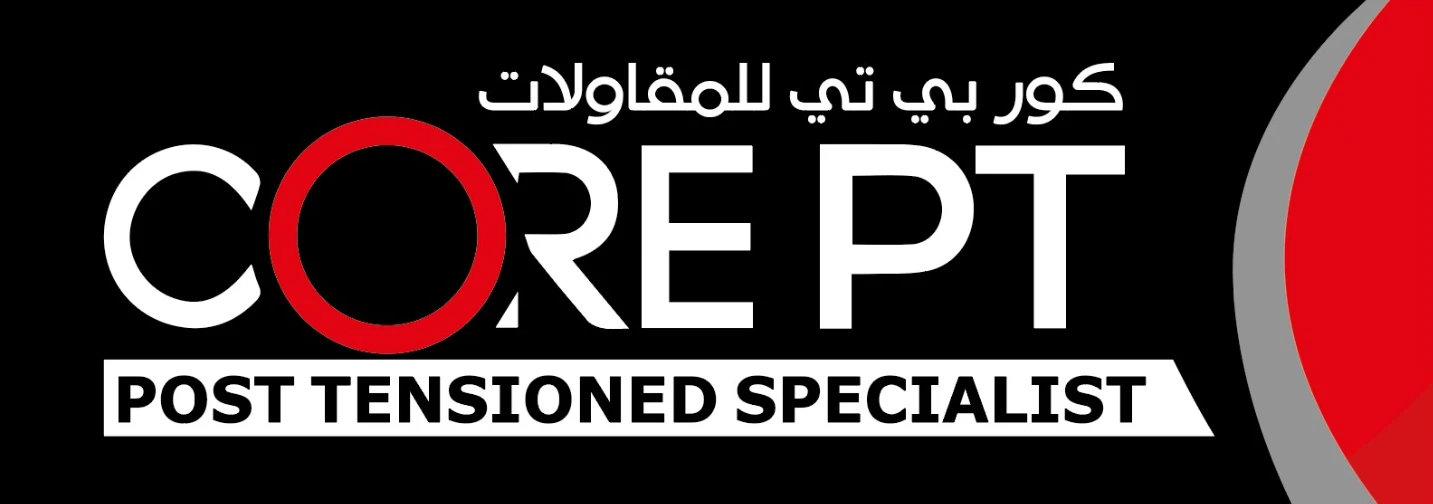ABOUT US
Committed & Motivated
Years of Experience Engineers
Satisfied Clients
Projects Ongoing
















Post Tension company Bahrain
Frequently Asked Questions
What is post-tensioning?
Post-tensioning is a construction technique used to reinforce concrete structures by introducing tensioned steel cables or bars within the concrete. The cables are tensioned after the concrete has hardened, applying a compressive force to the concrete, which helps to counteract external loads and improve the structural performance.
How does post-tensioning work?
Post-tensioning company bahrain involves in the following steps:
a. Formwork: The formwork is set up to create the desired shape of the concrete structure.
b. Placement of ducts: Ducts are placed within the formwork before pouring the concrete.
c. Pouring concrete: The concrete is poured, encapsulating the ducts.
d. Placing tendons: Steel cables or bars, known as tendons, are threaded through the ducts.
e. Tensioning: Once the concrete has hardened sufficiently, the tendons are tensioned using hydraulic jacks.
f. Locking tendons: Once the desired tension is achieved, the tendons are locked in place with anchorages.
g. Grouting: Grout is injected into the ducts to protect the tendons from corrosion
What are the advantages of post-tensioning?
Post-tensioning bahrain involves the following steps:
a. Formwork: The formwork is set up to create the desired shape of the concrete structure.
b. Placement of ducts: Ducts are placed within the formwork before pouring the concrete.
c. Pouring concrete: The concrete is poured, encapsulating the ducts.
d. Placing tendons: Steel cables or bars, known as tendons, are threaded through the ducts.
e. Tensioning: Once the concrete has hardened sufficiently, the tendons are tensioned using hydraulic jacks.
f. Locking tendons: Once the desired tension is achieved, the tendons are locked in place with anchorages.
g. Grouting: Grout is injected into the ducts to protect the tendons from corrosion
How to design a PT slab?
Design of Post-Tensioned Slabs – Structville
Design of Post-Tensioned Slabs
Load Balancing.
Estimate maximum moment due to unbalanced load.
Check for cracking.
Maximum total deflection.
Check flexural strength.
What is PT concrete?
Post-tensioning is a method of reinforcing (strengthening) concrete or other materials with high-strength steel strands or bars, typically referred to as tendons. The materials used to post-tension concrete members are ultra-high-strength steel strands and bars.
What is the difference between flat slab and post tension slab?
The flat slabs are vulnerable to punching shear at the intersection point of slab and column which is one of the major failure in flat slabs whereas in the case of PT slabs drop caps are provided to prevent the punching shear failure.
Where is post-tensioning commonly used?
Post-tensioning company bahrain is widely used in various structures, including:
- High-rise buildings and towers.
- Bridges and flyovers.
- Parking structures.
- Stadiums and sports arenas.
- Slabs and foundations.
- Retaining walls.
- Water tanks and reservoirs.
What are the types of post-tensioning systems?
- Bonded post-tensioning: The tendons are encapsulated in a protective sheath filled with grout.
- Unbonded post-tensioning: The tendons are greased and covered with a plastic or rubber sheath, allowing them to move independently from the concrete.
- Monostrand post-tensioning: A single tendon is used per duct.
- Multistrand post-tensioning: Multiple strands are grouped together within a single duct.
How is the post-tensioning system designed?
- Post-tensioning systems are designed by structural engineers who consider factors such as structural requirements, loads, span lengths, deflection limits, and construction constraints. They perform calculations and analyses using specialized software to determine the tendon layout, stressing sequence, and required tendon forces.
What are the different types of PT slabs?
Types of Post Tensioning Slabs
Post-Tensioning flat Slab. In a flat slab there is a thickened slab in region at the vicinity of the column that either includes drop panel or column capital. …
Post-Tensioning Flat plate. …
Post-Tensioning Banded Slab.
What is the minimum rebar for PT slab?
The minimum percentage of reinforcement is 0.12% of the gross cross-sectional area if HYSD bars(Fe 415) are used. The minimum percentage of reinforcement is 0.15% of the gross cross-sectional area if mild steel bars are used.










